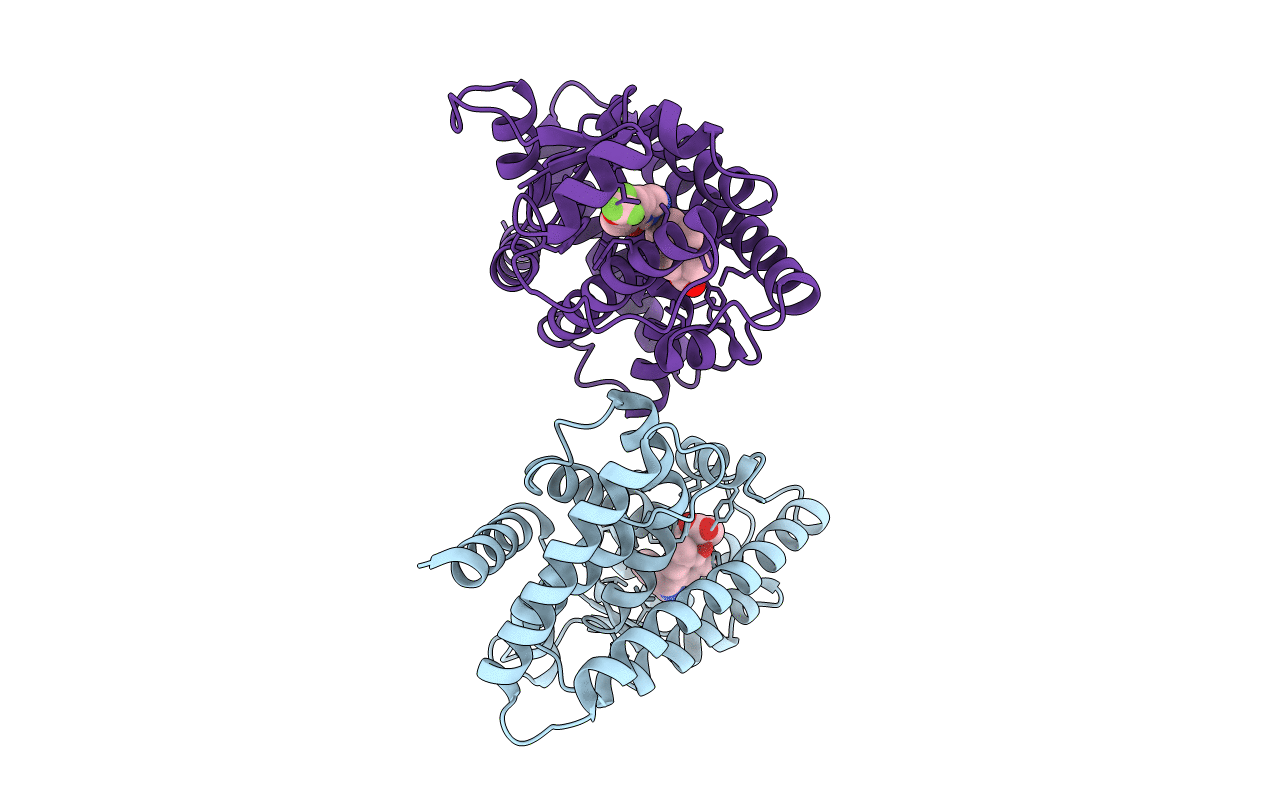
Deposition Date
2021-11-18
Release Date
2022-02-02
Last Version Date
2024-05-29
Entry Detail
PDB ID:
7W0G
Keywords:
Title:
Human PPAR delta ligand binding domain in complex with a synthetic agonist H11
Biological Source:
Source Organism:
Homo sapiens (Taxon ID: 9606)
Host Organism:
Method Details:
Experimental Method:
Resolution:
2.44 Å
R-Value Free:
0.23
R-Value Work:
0.19
R-Value Observed:
0.20
Space Group:
P 1 21 1


